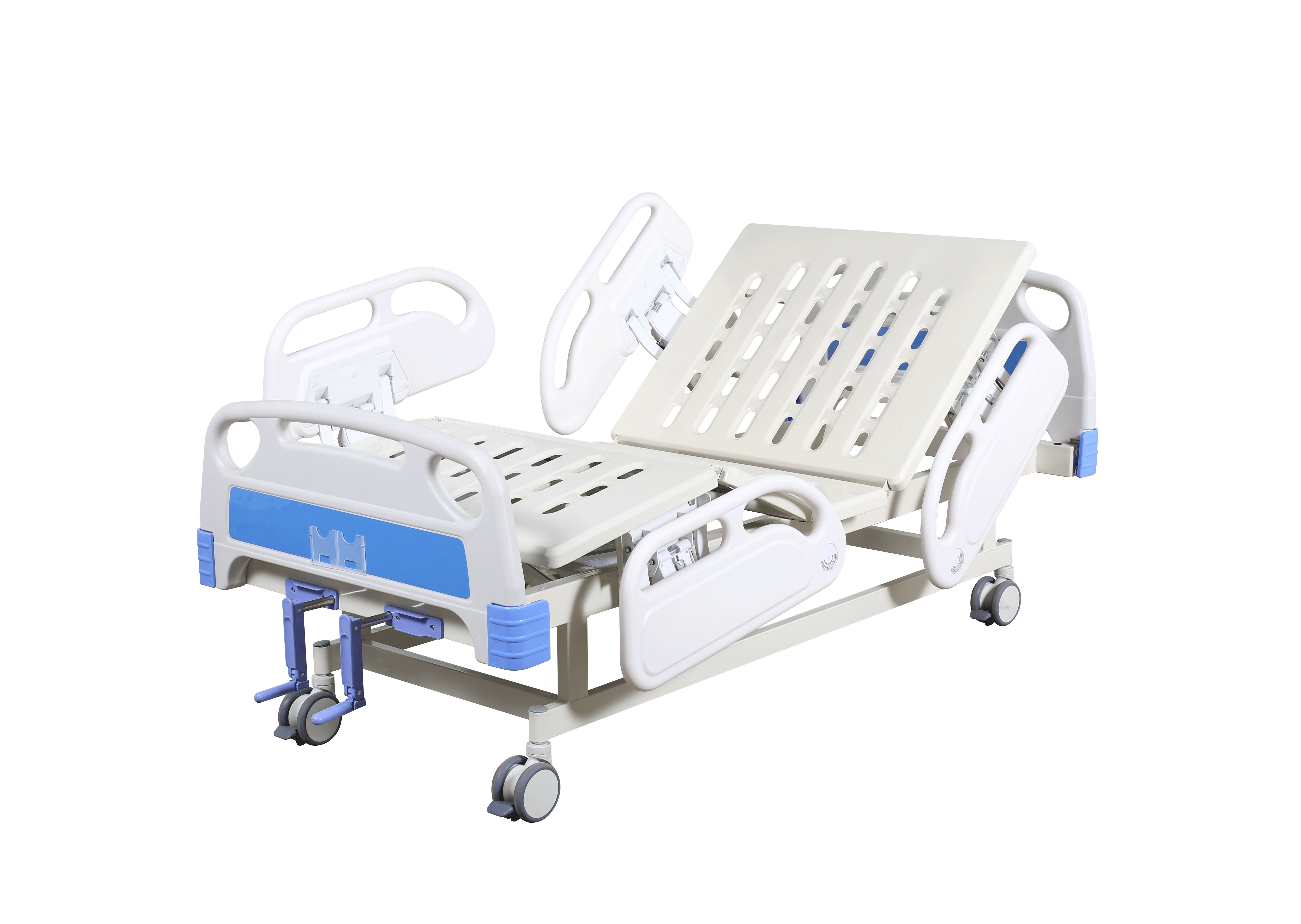Welcome to our websites!
Innovative Designs in Healthcare Furniture for Enhanced Patient Comfort and Care Efficiency
Understanding Medical Furniture A Comprehensive Overview
In the healthcare industry, the importance of medical furniture cannot be overstated. It plays a crucial role in ensuring both patient comfort and efficient workflow for healthcare professionals. Medical furniture encompasses a wide range of items, from hospital beds and examination tables to waiting room chairs and storage solutions. As technology evolves and patient care standards rise, medical furniture has become more sophisticated, incorporating new materials, designs, and functions that enhance the overall healthcare experience.
The Importance of Ergonomics
One of the key considerations in the design of medical furniture is ergonomics. Healthcare professionals spend long hours on their feet, and the furniture they use can significantly impact their comfort and efficiency. Ergonomically designed chairs, desks, and counters can help minimize fatigue and prevent injuries associated with repetitive movements. For example, adjustable height tables allow healthcare workers to customize their working environment, making it more comfortable to perform examinations and procedures.
Moreover, ergonomic furniture is essential in patient care settings. For example, hospital beds that offer adjustable positions not only enhance patient comfort but also facilitate easier access for medical staff. This is particularly crucial in emergency situations, where time is of the essence. Additionally, furniture that caters to the physical needs of patients, such as those with mobility issues, can lead to better health outcomes and a smoother care process.
Types of Medical Furniture
Medical furniture is diverse and tailored for various settings within the healthcare environment. Here are some commonly used types
1. Hospital Beds These beds are designed for patients, offering features like adjustable height, electrical controls, and built-in rails for safety. They aim to provide maximum comfort while allowing care providers easy access to patients.
2. Examination Tables Used in clinics and hospitals, examination tables come equipped with various features, such as adjustable height and examination lights. Their design is primarily focused on facilitating patient examinations while providing comfort.
3. Waiting Room Furniture This includes chairs, sofas, and tables designed for durability and easy maintenance. Comfort is key, especially since patients may spend significant time waiting for their appointments.
medical furniture

4. Mobility Aids Items like wheelchairs, walkers, and crutches are essential in various healthcare settings. These pieces of furniture play a critical role in improving patient mobility and independence.
5. Storage Solutions Cabinets, carts, and shelving are vital for keeping medical supplies organized and easily accessible. Efficient storage furniture helps maintain a tidy environment and enhances workflow.
6. Laboratory Furniture In research or testing environments, worktables, stools, and safety cabinets are critical. They are designed to accommodate specific laboratory needs and ensure safety standards.
The Role of Technology
The integration of technology into medical furniture has revolutionized the industry. Smart beds with sensors that monitor patient vitals, examination tables with built-in imaging equipment, and waiting room kiosks for patient check-in are just a few examples. These innovations not only improve patient care but also streamline administrative processes, allowing healthcare facilities to operate more efficiently.
Furthermore, materials used in medical furniture have evolved significantly. Modern fabrics and surfaces are designed to be easy to clean, antimicrobial, and resistant to wear and tear, ensuring longevity and cleanliness—crucial for maintaining a hygienic environment.
Sustainability Considerations
In recent years, there has been a growing emphasis on sustainability in healthcare design, including medical furniture. Manufacturers are increasingly using environmentally friendly materials and practices to produce furniture that meets the demands of eco-conscious consumers. This shift is not only better for the environment but can also enhance the overall image of healthcare organizations committed to corporate social responsibility.
Conclusion
In summary, medical furniture is an essential element of the healthcare industry that significantly impacts patient care and staff efficiency. With advancements in ergonomic design, technology, and sustainable materials, the future of medical furniture looks promising. As healthcare continues to evolve, the furniture used within these settings will play an integral role in promoting health, safety, and comfort for both patients and providers alike. Investing in high-quality medical furniture is not just about aesthetics; it's about enhancing the entire healthcare experience.
-
Transforming Healthcare with Hospital FurnitureNewsJun.24,2025
-
Rehabilitation EquipmentNewsJun.24,2025
-
Mobility and Independence with WheelchairsNewsJun.24,2025
-
Freedom of Mobility with Our Rollator WalkersNewsJun.24,2025
-
Comfort and Independence with Commode ChairsNewsJun.24,2025
-
Bathing Safety and Independence with Shower ChairsNewsJun.24,2025
-
Navigating the Wholesale Landscape of Electric Mobility Solutions: Key Considerations for Power Wheelchair DealersNewsJun.10,2025











